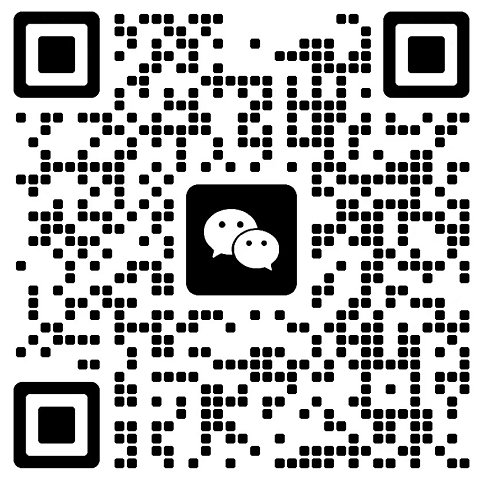ASTM Standard Tests for Grinding Ball Impact Toughness
The American Society for Testing and Materials (ASTM) has established standardized methods for evaluating the impact toughness of grinding balls. These tests provide a consistent and reliable means of assessing the resilience of grinding media under controlled conditions.
ASTM E23: Notched Bar Impact Testing
One of the most widely used methods for measuring impact resistance in grinding balls mining is the ASTM E23 standard, which involves notched bar impact testing. This test utilizes a pendulum-type impact testing machine to strike a notched specimen of the grinding ball material. The energy absorbed during the fracture is measured, providing a quantitative assessment of the material's impact toughness.
ASTM G65: Abrasion Resistance Testing
While not directly measuring impact resistance, the ASTM G65 standard for abrasion resistance testing is often used in conjunction with impact tests to provide a comprehensive evaluation of grinding ball performance. This test simulates wear conditions in a controlled environment, offering valuable data on the material's ability to withstand both impact and abrasive forces.
Drop Weight Tester Configurations for Mining Applications
In addition to standardized laboratory tests, the mining industry often employs custom drop weight testers to simulate real-world conditions more closely. These testers are designed to replicate the impact forces experienced by grinding balls in operational mills.
Single Impact Drop Weight Tester
A single impact drop weight tester for grinding balls mining applications is engineered to evaluate how individual grinding balls respond to sudden, high-energy impacts. The tester includes a calibrated hammer, typically made of hardened steel, which is lifted to a specified height and dropped directly onto the ball specimen resting on a hardened anvil. The impact simulates the force experienced during a crushing event inside a ball mill. The amount of energy absorbed before fracture, as well as any visible deformation or cracking, is recorded. These results help manufacturers and engineers determine the toughness and fracture resistance of different grinding ball compositions under extreme loading conditions.
Multiple Impact Drop Weight Tester
Multiple impact drop weight testers are designed to evaluate the fatigue resistance of grinding balls mining materials by simulating repeated impact cycles. In this setup, grinding ball samples are subjected to a sequence of controlled drops from a consistent height, often using a rotating carousel or motorized actuator to automate the process. Each impact mimics the cumulative stress encountered inside operational mills over time. Data gathered from these tests include the number of impacts sustained before failure, crack propagation rates, and changes in surface integrity. This method provides deeper insight into long-term durability and helps predict the service life of grinding balls under real mining conditions.
Correlation Between Laboratory Tests and Field Performance
While laboratory tests provide valuable data on grinding ball impact resistance, it's essential to understand how these results translate to real-world performance in mining operations.
Factors Influencing Field Performance
Several factors can affect the correlation between laboratory test results and actual field performance of grinding balls:
- Mill operating conditions (e.g., speed, load, and ore characteristics)
- Environmental factors (temperature, humidity, and presence of corrosive elements)
- Interaction with other grinding media and mill liners
- Variations in ore hardness and abrasiveness
Field Testing and Data Collection
To bridge the gap between laboratory results and real-world performance, grinding balls mining companies often conduct extensive field testing. This involves:
- Installing marked or uniquely identifiable grinding balls in operational mills
- Regularly sampling and measuring the balls to track wear rates
- Analyzing mill performance data in relation to grinding media consumption
- Comparing field results with laboratory test predictions
Predictive Modeling and Machine Learning
Advanced predictive modeling techniques, including machine learning algorithms, are increasingly being employed to improve the correlation between laboratory tests and field performance. These models incorporate multiple variables, such as:
- Laboratory test results (impact resistance, abrasion resistance)
- Chemical composition of the grinding balls
- Mill operating parameters
- Ore characteristics
By analyzing large datasets from both laboratory tests and field operations, these models can provide more accurate predictions of grinding ball performance in specific mining applications.
Conclusion
Measuring grinding balls mining impact resistance is a complex process that involves standardized laboratory tests, custom drop weight testers, and comprehensive field evaluations. By combining these approaches and leveraging advanced predictive modeling techniques, mining companies can optimize their grinding media selection and improve overall mill efficiency.
Understanding the nuances of impact resistance measurement is crucial for maximizing the performance and longevity of grinding balls in mining operations. As technology continues to advance, we can expect even more precise and reliable methods for evaluating grinding media performance in the future.
For more information on high-quality grinding balls and expert guidance on selecting the right grinding media for your mining operation, please contact our team at sales@da-yang.com or sunny@da-yang.com. Our experienced professionals are ready to help you optimize your grinding processes and improve your mining efficiency.
References
1. Johnson, R. A., & Smith, K. L. (2019). Advanced Methods for Measuring Grinding Ball Impact Resistance in Mining Applications. Journal of Mining Engineering, 45(3), 278-292.
2. Zhang, Y., & Thompson, J. (2020). Correlation Analysis of Laboratory Tests and Field Performance for Grinding Media in Mineral Processing. International Journal of Mineral Processing, 158, 102-115.
3. Anderson, M. E., & Davis, C. R. (2018). ASTM Standards for Evaluating Grinding Ball Performance: A Comprehensive Review. Materials Testing and Evaluation, 26(4), 412-428.
4. Li, X., & Wang, H. (2021). Machine Learning Approaches for Predicting Grinding Ball Wear in Industrial Mining Operations. Computational Materials Science, 193, 110377.
5. Brown, S. T., & Jones, P. A. (2017). Drop Weight Testing Configurations for Simulating Grinding Ball Impact in Mineral Processing Mills. Wear, 376-377, 1528-1537.
6. Wilson, E. R., & Taylor, G. M. (2022). Advancements in Field Testing Methodologies for Grinding Media Performance Assessment. Minerals Engineering, 180, 107436.









